Multiple graph matching and applications
dc.contributor
Universitat Rovira i Virgili. Departament d'Enginyeria Informàtica i Matemàtiques
dc.contributor.author
Solé Ribalta, Albert
dc.date.accessioned
2012-10-17T15:13:12Z
dc.date.available
2012-10-17T15:13:12Z
dc.date.issued
2012-07-11
dc.identifier.uri
http://hdl.handle.net/10803/86941
dc.description.abstract
En aplicaciones de reconocimiento de patrones, los grafos con atributos son en gran medida apropiados. Normalmente, los vértices de los grafos representan partes locales de los objetos i las aristas relaciones entre estas partes locales. No obstante, estas ventajas vienen juntas con un severo inconveniente, la distancia entre dos grafos no puede ser calculada en un tiempo polinómico. Considerando estas características especiales el uso de los prototipos de grafos es necesariamente omnipresente. Las aplicaciones de los prototipos de grafos son extensas, siendo las más habituales clustering, clasificación, reconocimiento de objetos, caracterización de objetos i bases de datos de grafos entre otras. A pesar de la diversidad de aplicaciones de los prototipos de grafos, el objetivo del mismo es equivalente en todas ellas, la representación de un conjunto de grafos. Para construir un prototipo de un grafo todos los elementos del conjunto de enteramiento tienen que ser etiquetados comúnmente. Este etiquetado común consiste en identificar que nodos de que grafos representan el mismo tipo de información en el conjunto de entrenamiento. Una vez este etiquetaje común esta hecho, los atributos locales pueden ser combinados i el prototipo construido. Hasta ahora los algoritmos del estado del arte para calcular este etiquetaje común mancan de efectividad o bases teóricas. En esta tesis, describimos formalmente el problema del etiquetaje global i mostramos una taxonomía de los tipos de algoritmos existentes. Además, proponemos seis nuevos algoritmos para calcular soluciones aproximadas al problema del etiquetaje común. La eficiencia de los algoritmos propuestos es evaluada en diversas bases de datos reales i sintéticas. En la mayoría de experimentos realizados los algoritmos propuestos dan mejores resultados que los existentes en el estado del arte.
spa
dc.description.abstract
In pattern recognition, the use of graphs is, to a great extend, appropriate and advantageous. Usually, vertices of the graph represent local parts of an object while edges represent relations between these local parts. However, its advantages come together with a sever drawback, the distance between two graph cannot be optimally computed in polynomial time. Taking into account this special characteristic the use of graph prototypes becomes ubiquitous. The applicability of graphs prototypes is extensive, being the most common applications clustering, classification, object characterization and graph databases to name some. However, the objective of a graph prototype is equivalent to all applications, the representation of a set of graph. To synthesize a prototype all elements of the set must be mutually labeled. This mutual labeling consists in identifying which nodes of which graphs represent the same information in the training set. Once this mutual labeling is done the set can be characterized and combined to create a graph prototype. We call this initial labeling a common labeling. Up to now, all state of the art algorithms to compute a common labeling lack on either performance or theoretical basis. In this thesis, we formally describe the common labeling problem and we give a clear taxonomy of the types of algorithms. Six new algorithms that rely on different techniques are described to compute a suboptimal solution to the common labeling problem. The performance of the proposed algorithms is evaluated using an artificial and several real datasets. In addition, the algorithms have been evaluated on several real applications. These applications include graph databases and group-wise image registration. In most of the tests and applications evaluated the presented algorithms have showed a great improvement in comparison to state of the art applications.
eng
dc.format.extent
192 p.
cat
dc.format.mimetype
application/pdf
dc.language.iso
eng
cat
dc.publisher
Universitat Rovira i Virgili
dc.rights.license
ADVERTIMENT. L'accés als continguts d'aquesta tesi doctoral i la seva utilització ha de respectar els drets de la persona autora. Pot ser utilitzada per a consulta o estudi personal, així com en activitats o materials d'investigació i docència en els termes establerts a l'art. 32 del Text Refós de la Llei de Propietat Intel·lectual (RDL 1/1996). Per altres utilitzacions es requereix l'autorització prèvia i expressa de la persona autora. En qualsevol cas, en la utilització dels seus continguts caldrà indicar de forma clara el nom i cognoms de la persona autora i el títol de la tesi doctoral. No s'autoritza la seva reproducció o altres formes d'explotació efectuades amb finalitats de lucre ni la seva comunicació pública des d'un lloc aliè al servei TDX. Tampoc s'autoritza la presentació del seu contingut en una finestra o marc aliè a TDX (framing). Aquesta reserva de drets afecta tant als continguts de la tesi com als seus resums i índexs.
dc.source
TDX (Tesis Doctorals en Xarxa)
dc.subject
Graph Matching
cat
dc.subject
Multiple Graph Matching
cat
dc.subject
Graph prototype generation
cat
dc.title
Multiple graph matching and applications
cat
dc.type
info:eu-repo/semantics/doctoralThesis
dc.type
info:eu-repo/semantics/publishedVersion
dc.subject.udc
004
cat
dc.subject.udc
51
cat
dc.subject.udc
519.1
cat
dc.subject.udc
62
cat
dc.contributor.authoremail
albert.sole@urv.cat
cat
dc.contributor.director
Serratosa i Casanelles, Francesc
dc.embargo.terms
cap
cat
dc.rights.accessLevel
info:eu-repo/semantics/openAccess
dc.identifier.dl
T.1211-2012
cat


